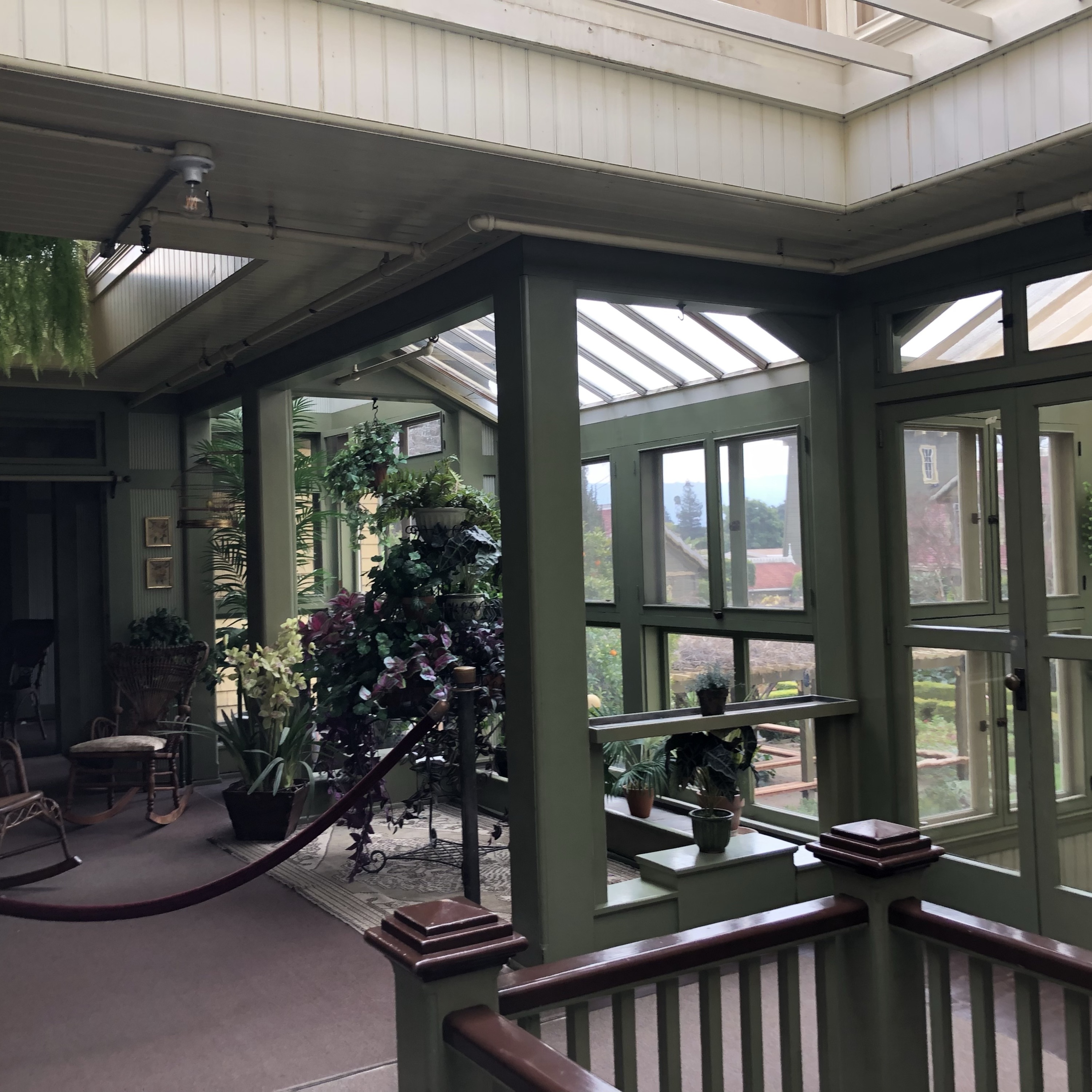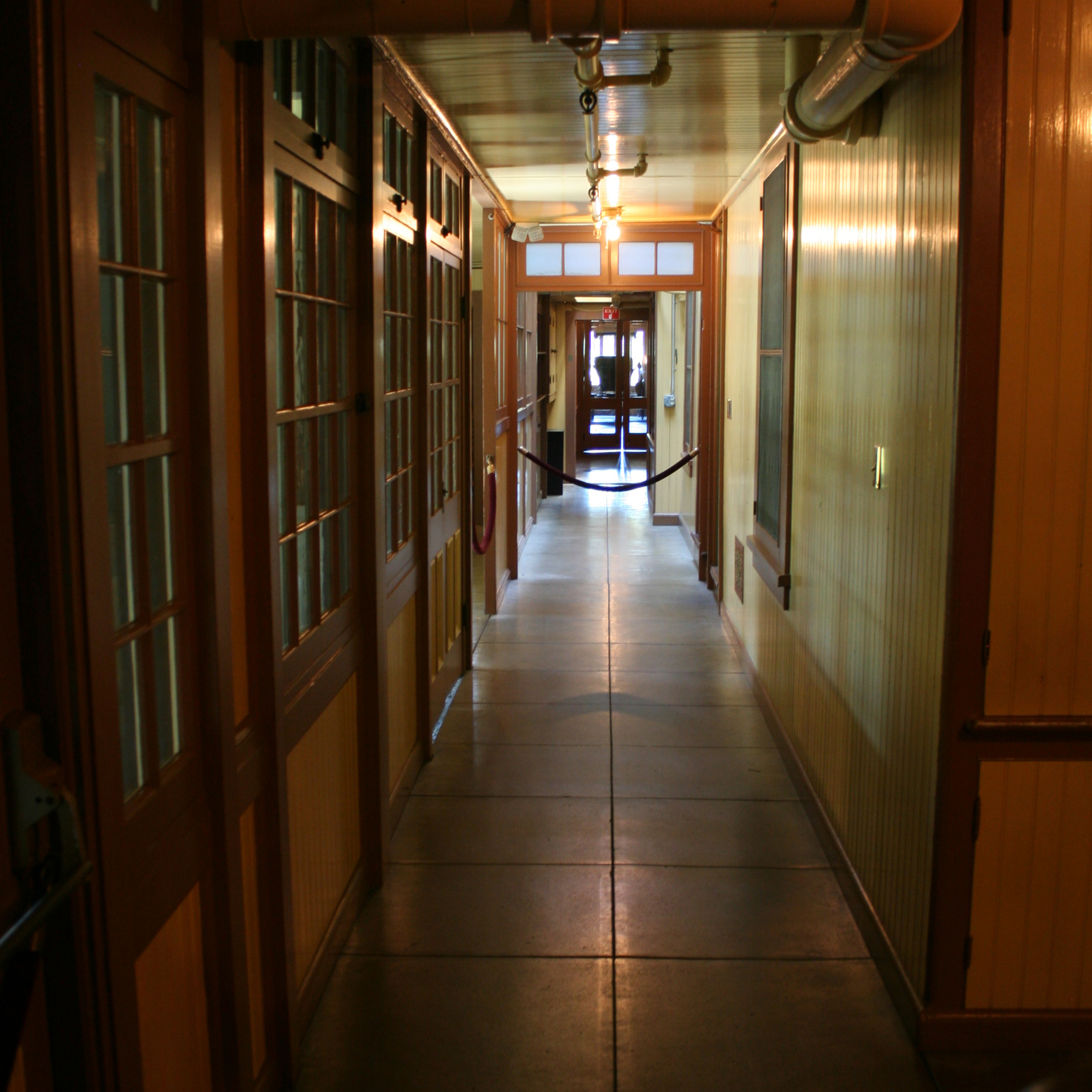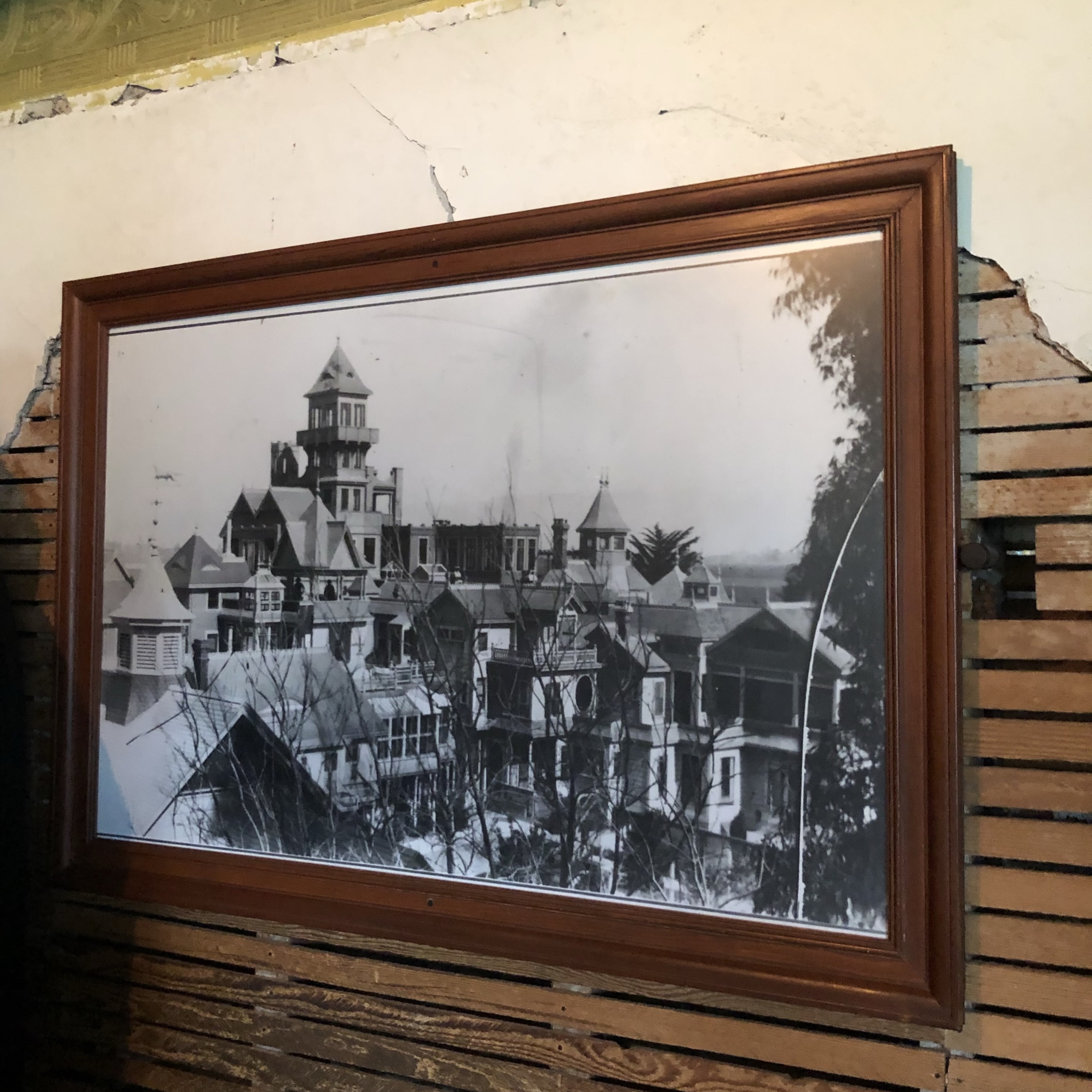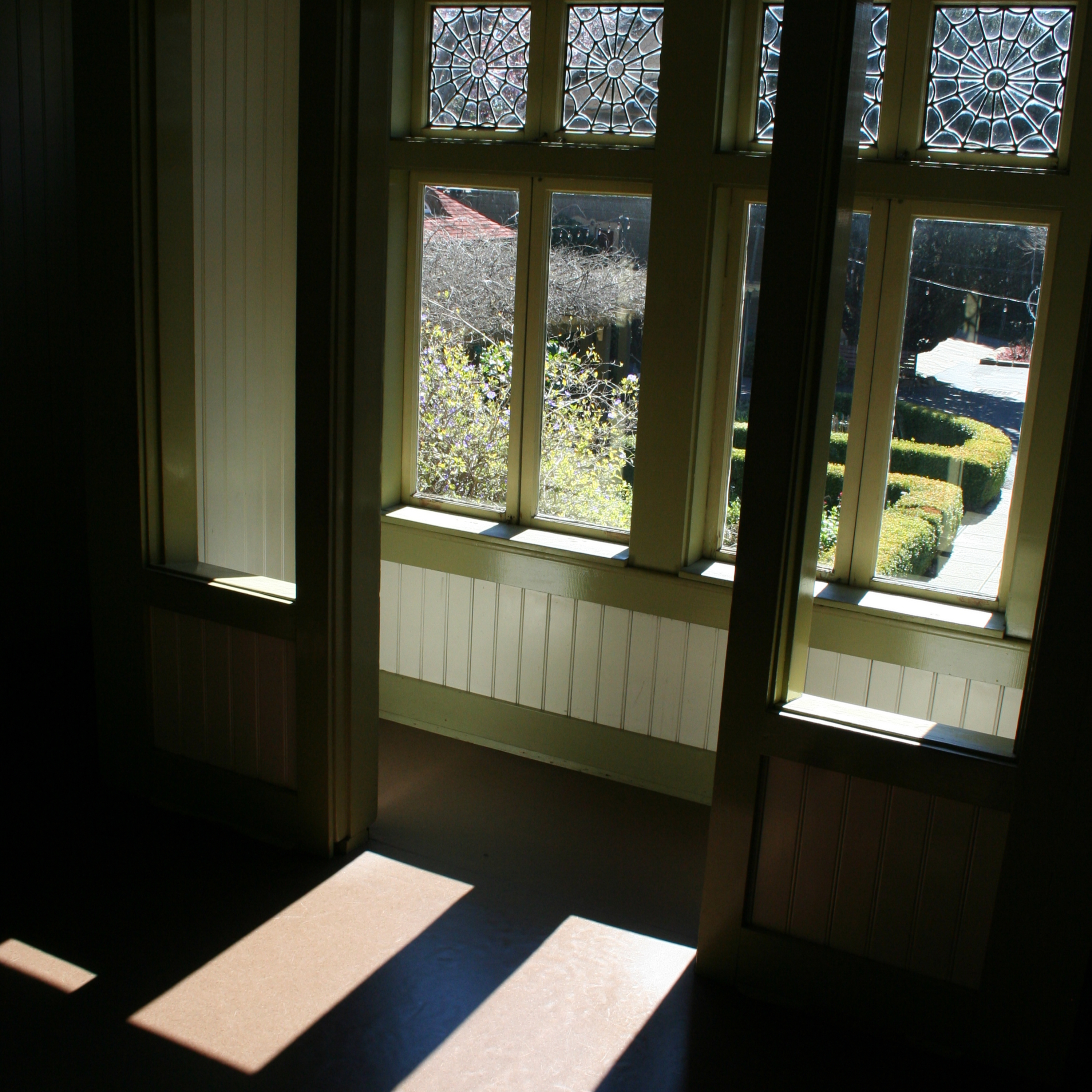How Architecture Creates a Labyrinth
Labyrinthe in the Architecture
Victorian architecture lends itself to the aesthetic of labyrinth. A labyrinth that disorients visitors and works to either inforce or subvert the public memory of the WMH. The winding hallways, many doorways, intricate detailing all make the houses feel like an elaborate maze. The addition of stained glass windows are not only beautiful but add ambience that changes the way light filters through the space. The Victorian aesthetic is antithetical to modern architectural features which favor simplicity, clean lines, and linear elements.
All of the elements that make it strange and disorienting are what attribute the 'spookiness' or eeriness. It does not have to be a scary experience wandering through the meandering halls and peering out a thousand windows. The space leaves plenty of opportunity to evaluate how a labyrinthe aesthetic takes us out of our cultural context and lets us evaluate the accepted narratives. Is the architecture ludicrous, nonsensical, hysterical? Or is it marvelous, complex, and informing us of a narrative of public memory we had not stopped to consider before?



